In the vast, majestic world of big cats, there are a few that stand out not just for their grace and power, but also for their intelligence. Cat enthusiasts often marvel at the cunning and problem-solving capabilities of these magnificent creatures. While they may not solve puzzles or play chess, their survival instincts and social behaviors demonstrate a level of intelligence that is both fascinating and inspiring. Let’s explore five big cats renowned for their sharp minds and keen instincts.
Lions: The Social Strategists
Lions are often referred to as the kings of the jungle, but their intelligence lies in their social structure. Living in prides, lions demonstrate complex social behaviors that are rare among big cats. They work cooperatively to hunt, protect their territory, and raise their young. This social intelligence allows them to communicate effectively and coordinate their actions, making them formidable predators. Like a well-oiled machine, each member of the pride knows its role, whether it’s the females hunting or the males protecting the pride. This teamwork is a testament to their strategic thinking and adaptability.
Tigers: The Solitary Geniuses
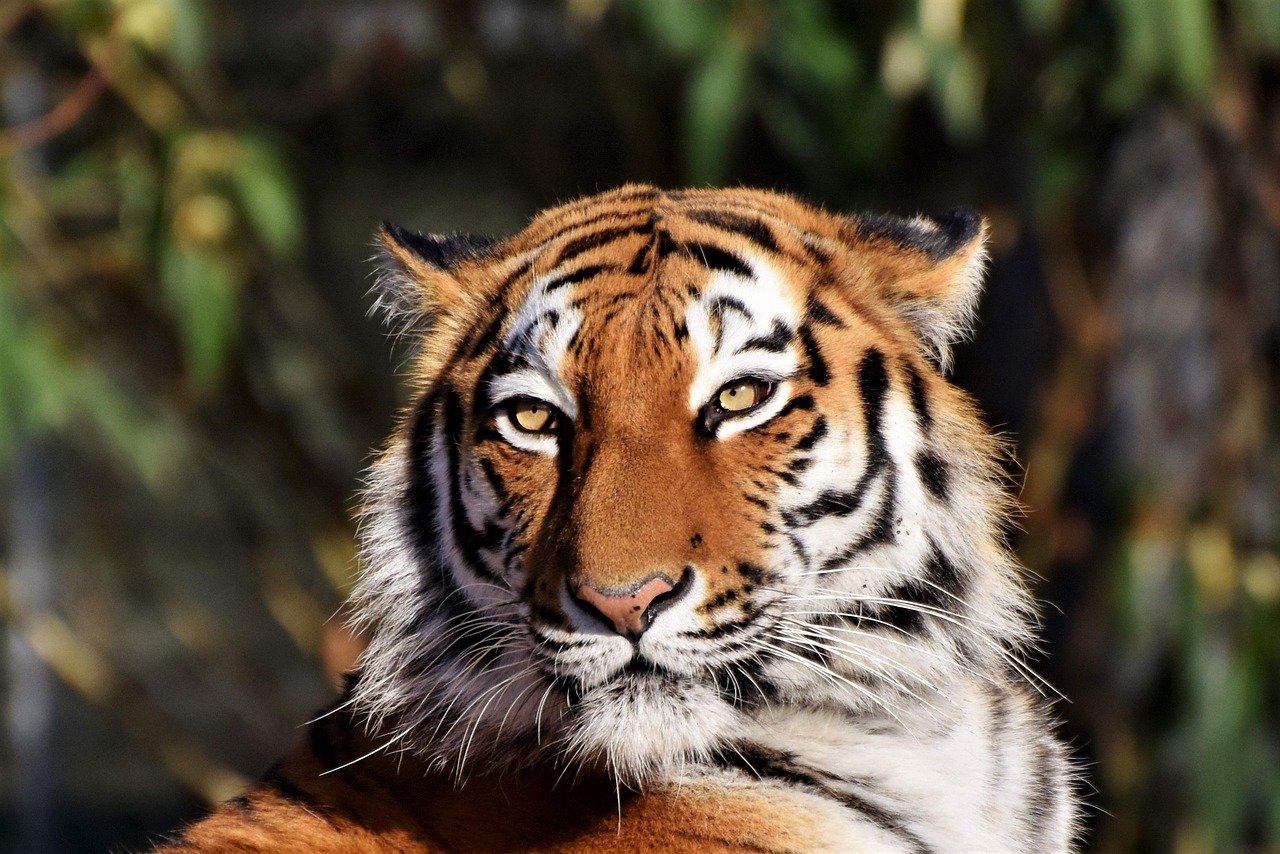
Unlike lions, tigers are solitary creatures, which requires a different kind of intelligence. These majestic cats have honed their skills to become master stealth hunters. They use their environment to their advantage, often blending seamlessly with their surroundings to ambush prey. Tigers are known for their patience and precise planning, waiting for the perfect moment to strike. Their ability to adapt to various habitats, from dense forests to swampy areas, showcases their resourcefulness and learning capacity. It’s this solitary ingenuity that makes them one of the most respected big cats in the wild.
Cheetahs: The Speedy Problem Solvers
Cheetahs are renowned for their lightning-fast speed, but their intelligence is often overlooked. These sleek predators have developed specialized hunting strategies to compensate for their lack of strength compared to other big cats. Cheetahs rely on their acute vision and ability to anticipate the movements of their prey, adjusting their speed and trajectory mid-chase. This requires a high level of cognitive processing and decision-making, akin to a chess player anticipating an opponent’s moves. Their ability to problem-solve quickly and efficiently makes them standout hunters in the animal kingdom.
Leopards: The Adaptable Thinkers
Leopards are the ultimate survivors, known for their ability to adapt to diverse environments, from savannas to urban areas. Their intelligence lies in their versatility and resourcefulness. Leopards are opportunistic hunters, capable of taking down a variety of prey, which requires a deep understanding of their surroundings. They are known to use tools, such as dragging carcasses up trees to keep them safe from scavengers. This behavior is a clear indication of their problem-solving skills and strategic planning. Leopards exemplify the concept of thinking on their feet, able to adjust their tactics to suit different situations.
Snow Leopards: The Enigmatic Intellects
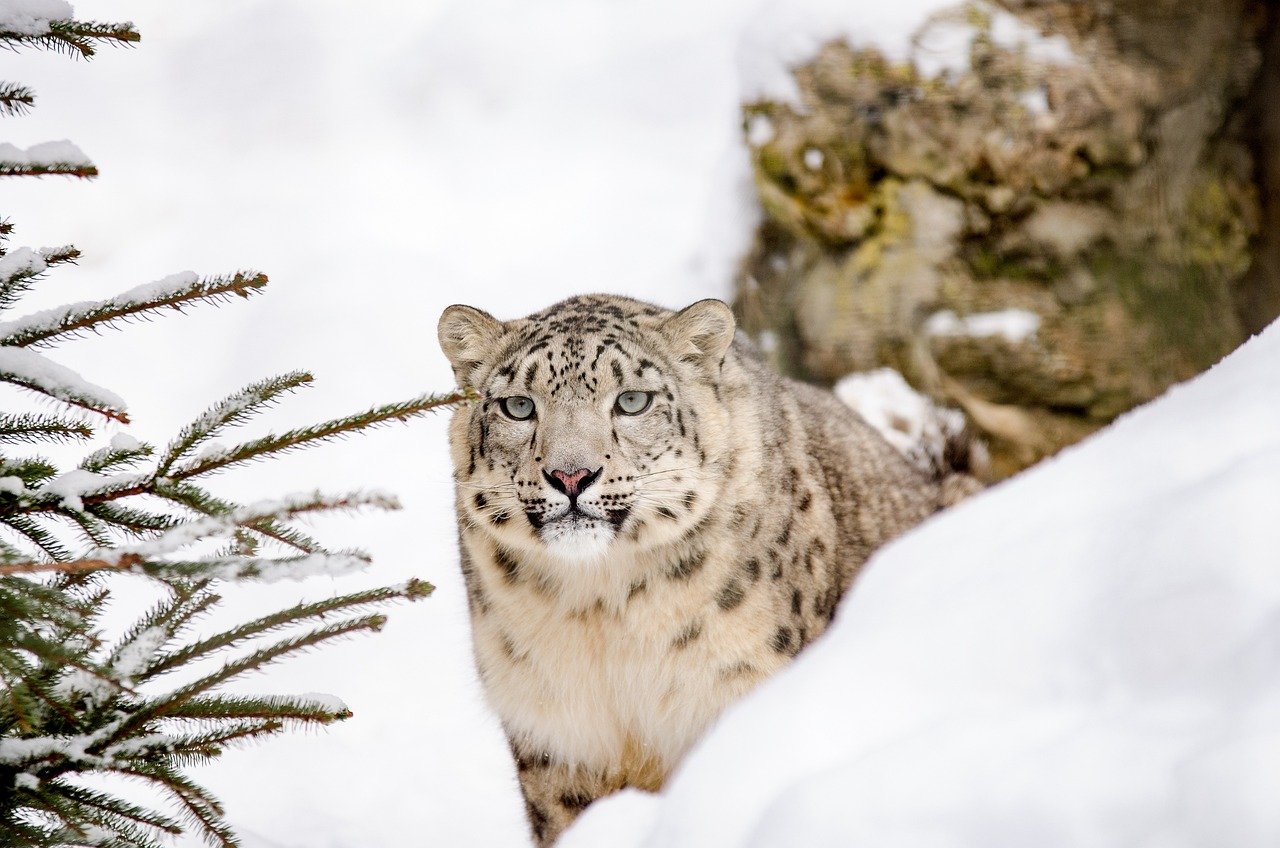
Living in the harsh, mountainous terrains of Central Asia, snow leopards are a symbol of mystery and intelligence. These elusive cats have adapted to some of the most challenging conditions, demonstrating remarkable resilience and cunning. Their intelligence is evident in their ability to navigate steep, rocky landscapes with grace and precision. Snow leopards employ strategic hunting techniques, using their environment to remain undetected by prey. Their keen awareness and ability to plan their movements carefully are a testament to their sharp minds. They are solitary but highly observant, making them the enigmatic intellects of the big cat family.
Complex Communication Among Big Cats
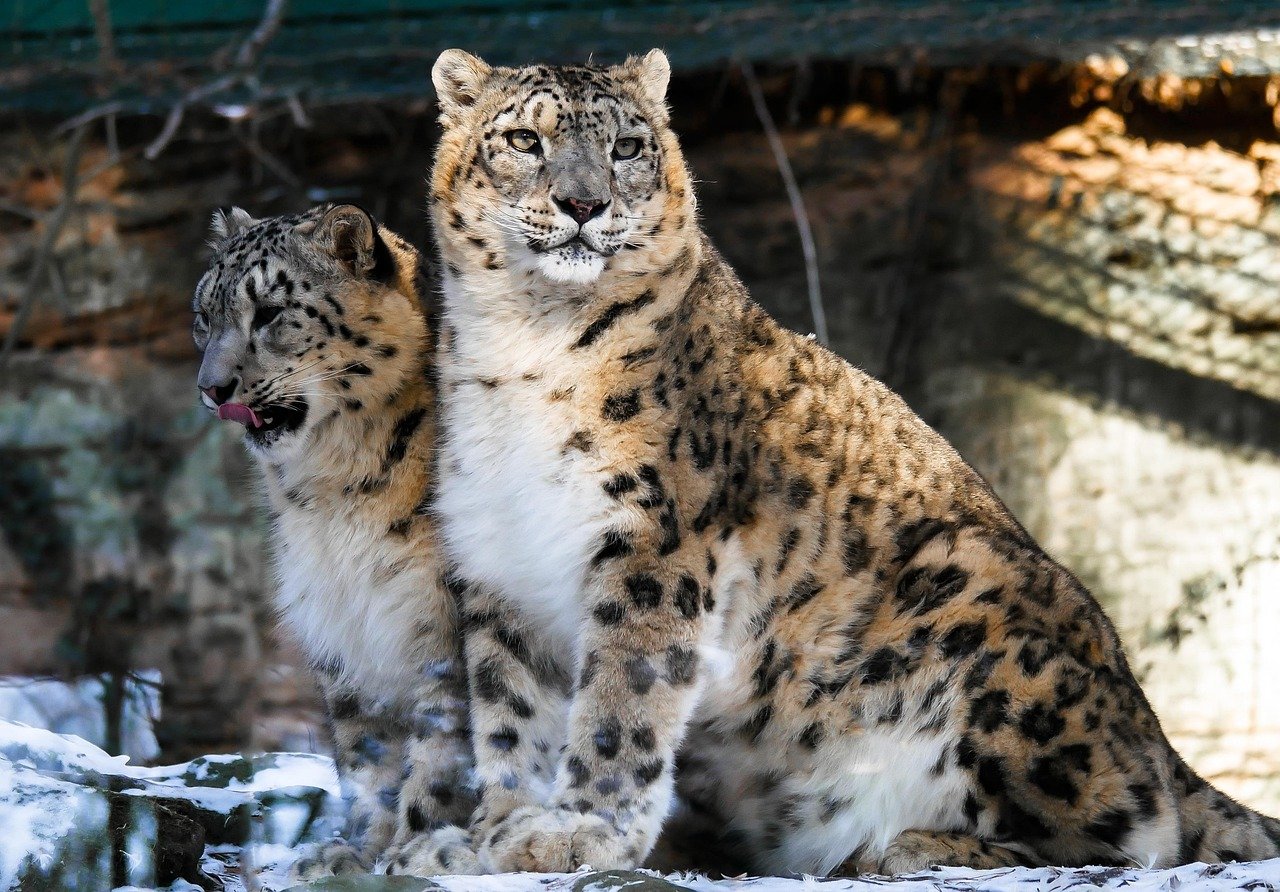
Communication is key to survival for big cats, and their ability to convey information is a sign of intelligence. From a lion’s roar that can be heard miles away to a leopard’s subtle growl, these vocalizations serve various purposes, such as signaling danger or marking territory. Body language also plays a crucial role, with tail flicks and ear flicks conveying emotions and intentions. This intricate system of communication allows big cats to maintain social bonds, avoid conflicts, and successfully hunt prey. Their ability to convey and interpret messages is a testament to their cognitive abilities.
Problem-Solving Skills in the Wild
Big cats face numerous challenges in the wild, from securing food to avoiding predators. Their problem-solving skills are essential for overcoming these obstacles. Whether it’s a cheetah calculating the optimal path to catch prey or a leopard finding a secure hiding spot for its kill, these feats require quick thinking and adaptability. Big cats often demonstrate trial-and-error learning, refining their strategies based on experience. This ability to solve problems and adapt to changing circumstances is a hallmark of their intelligence.
Memory and Learning in Big Cats
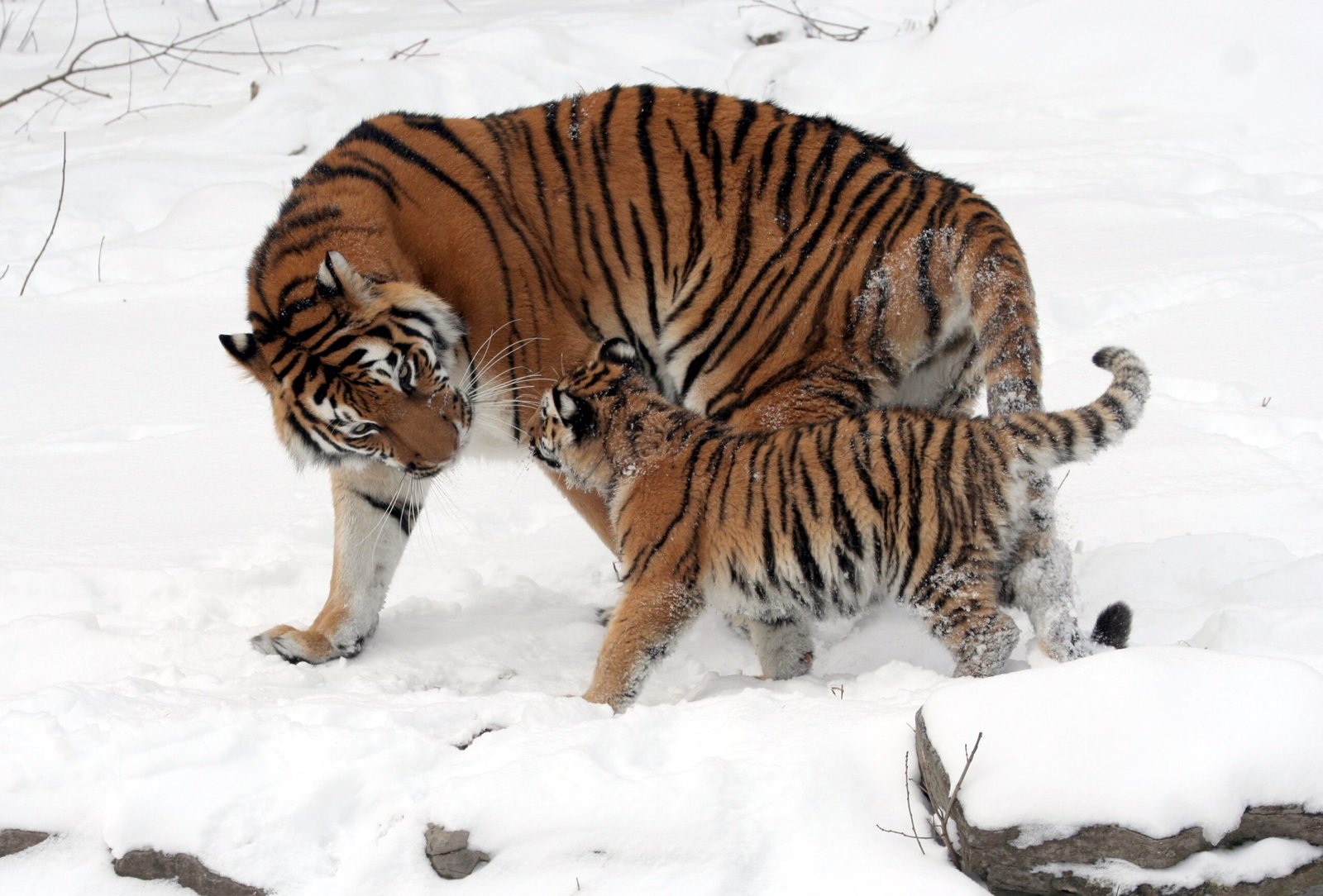
Memory plays a vital role in the intelligence of big cats. They remember the locations of watering holes, migration patterns of prey, and territories of rivals. This spatial memory helps them navigate vast landscapes and make informed decisions. Big cats also learn from their experiences, whether it’s a lion cub observing its mother hunt or a tiger perfecting its stalking technique. This capacity for learning and retaining information is a key aspect of their intelligence, allowing them to thrive in diverse environments.
Tool Use and Environmental Manipulation

While not as common as in primates, some big cats have been observed using tools and manipulating their environment. Leopards, for instance, are known to drag their kills up trees to protect them from scavengers, using the tree as a tool. This behavior requires foresight and planning, illustrating their problem-solving abilities. Such actions demonstrate that big cats can manipulate their surroundings to achieve desired outcomes, a clear sign of intelligence and adaptability.
Emotional Intelligence in Big Cats
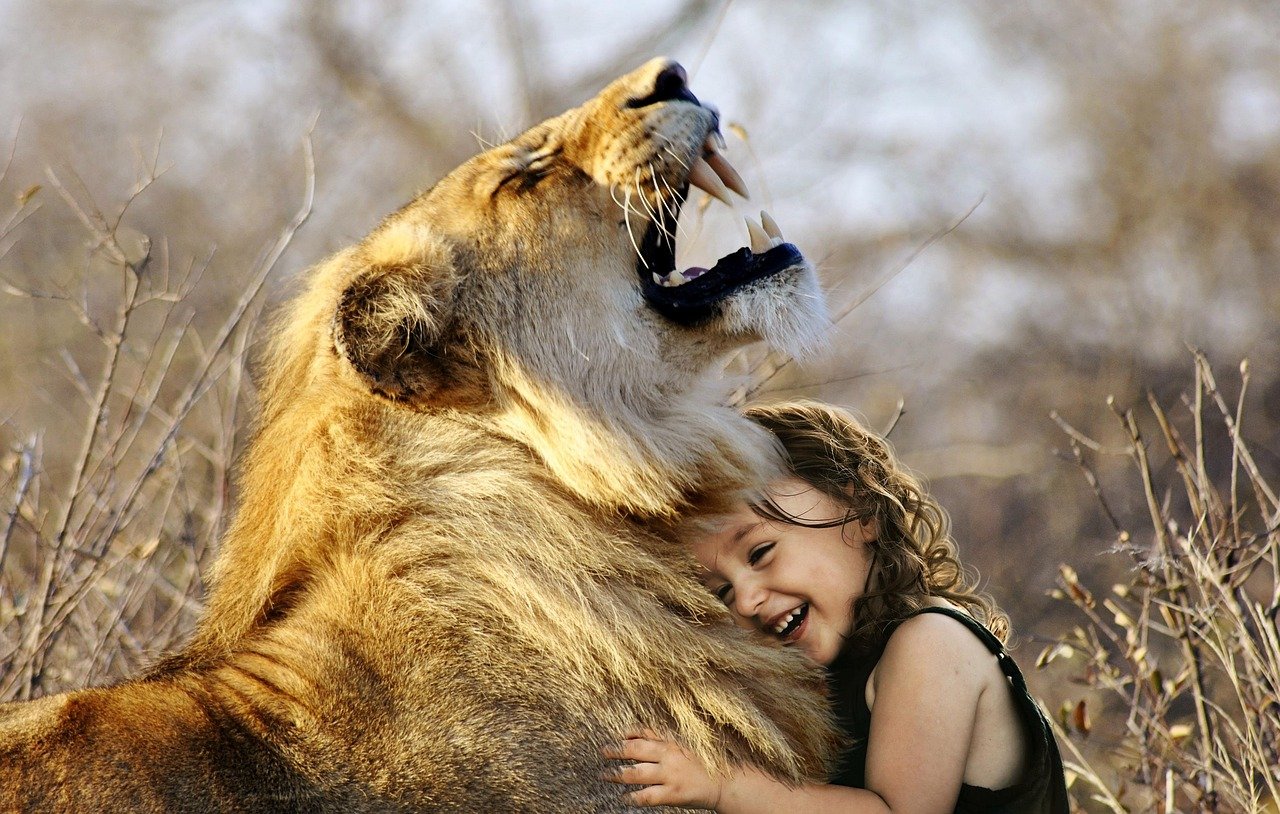
Emotion plays a significant role in the lives of big cats, influencing their behavior and interactions. Lions, for example, form strong social bonds within their pride, showing affection through grooming and nuzzling. This emotional intelligence helps maintain social harmony and strengthens group cohesion. Similarly, the solitary nature of tigers and leopards requires them to read and respond to social cues, such as avoiding confrontations with rivals. Their ability to understand and manage emotions is a crucial aspect of their intelligence, enabling them to navigate complex social dynamics.
Conclusion
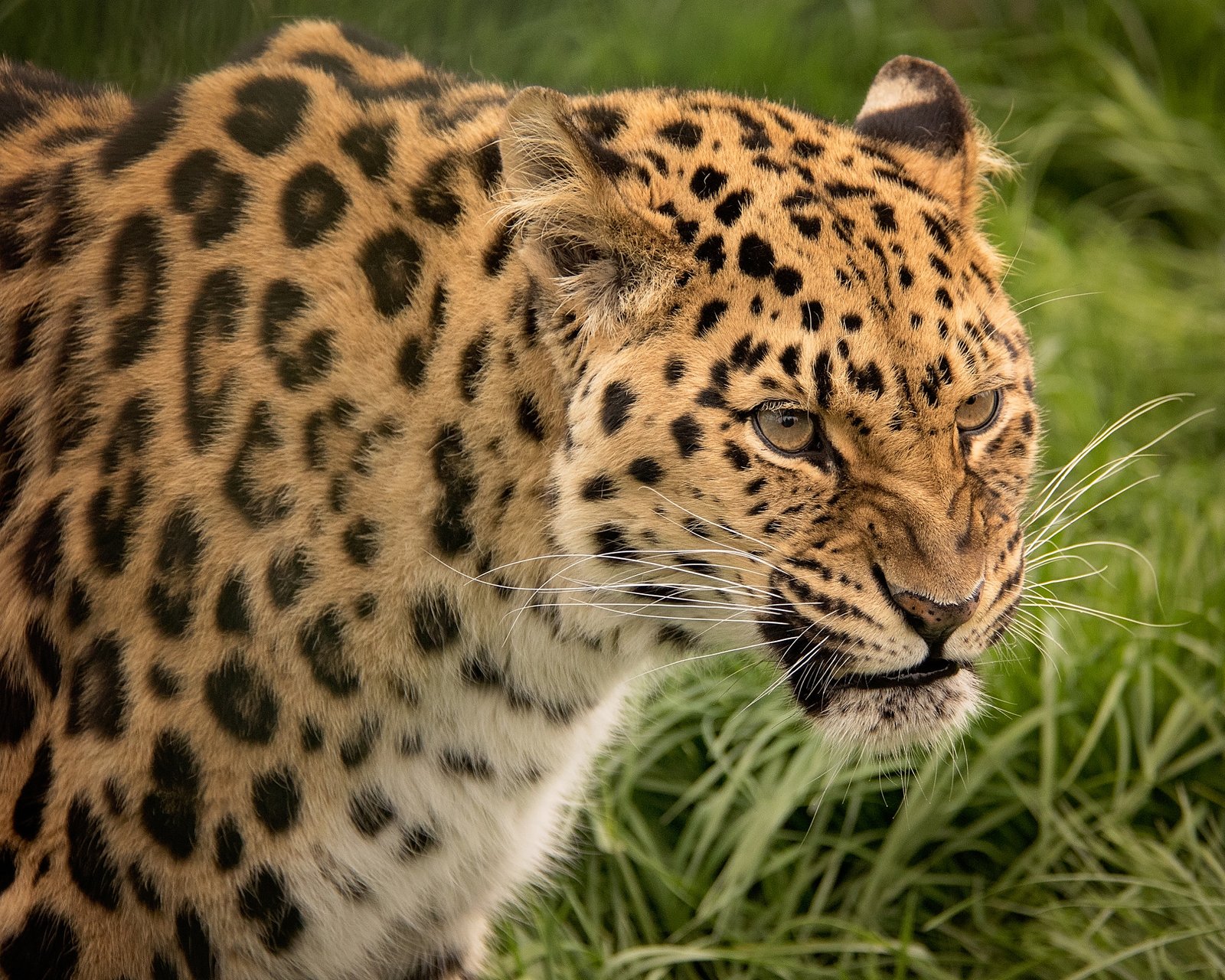
The intelligence of big cats is a remarkable blend of instinct, learning, and adaptability. From the social strategists of the lion prides to the enigmatic intellects of snow leopards, each species showcases unique cognitive abilities that have evolved to suit their environments. These magnificent creatures have captivated human imagination for centuries, and their intelligence continues to inspire awe and admiration. As we learn more about their behaviors and capabilities, we deepen our appreciation for the complexity and beauty of the natural world.
Hi, I’m Bola, a passionate writer and creative strategist with a knack for crafting compelling content that educates, inspires, and connects. Over the years, I’ve honed my skills across various writing fields, including content creation, copywriting, online course development, and video scriptwriting.
When I’m not at my desk, you’ll find me exploring new ideas, reading books, or brainstorming creative ways to solve challenges. I believe that words have the power to transform, and I’m here to help you leverage that power for success.
Thanks for stopping by, Keep coming to this website to checkout new articles form me. You’d always love it!






